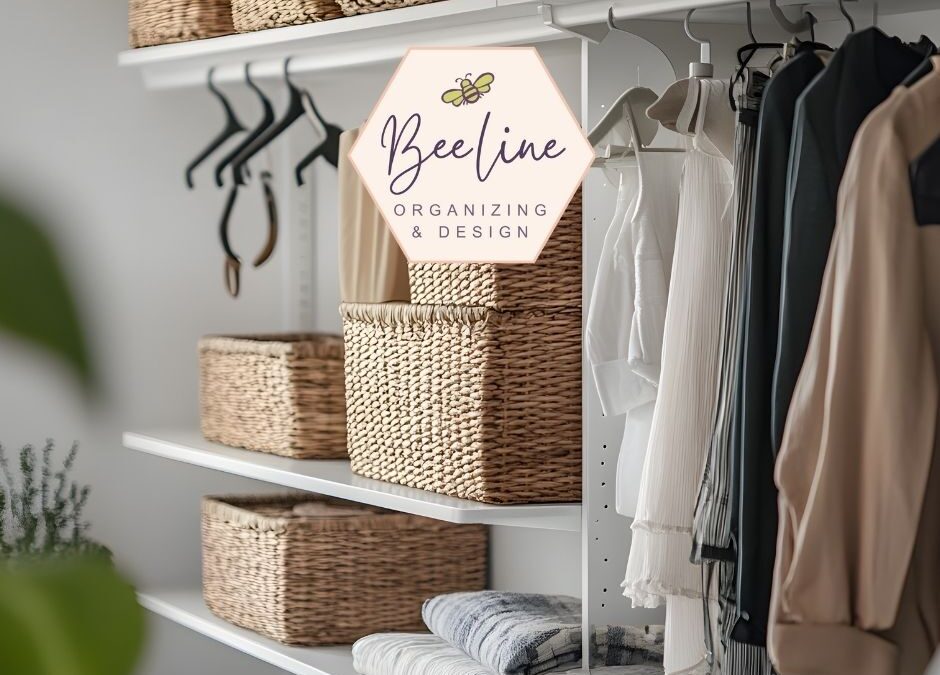Unraveled Mindful Organizing: Helping You Stay Organized
Unraveled Mindful Organizing: Helping You Stay Organized – In a world that moves at the speed of notifications, staying organized can feel like chasing a moving target. Mindful organizing offers a practical, low-stress approach to bring clarity to your physical space, digital files, and daily routines. This blog post explores how mindful organizing works, why it matters, and how you can start applying it today.
What is Mindful Organizing?
Mindful organizing is a philosophy and set of practices that combine attention, intention, and systems to create and maintain order. It goes beyond simply tidying up; it emphasizes awareness of how you interact with your belongings, your time, and your tasks. By bringing mindfulness to the process, you’re more likely to keep what truly serves you, discard what drains you, and design environments that reduce friction in daily life.
Key components of mindful organizing include:
- Intentional decision-making about what to keep or remove
- Systems that reflect your real habits and needs
- A calm, distraction-free environment that supports focus
- Regular check-ins to prevent clutter from returning
Why Mindful Organizing Matters
Clutter can tax cognitive resources, increase stress, and make it harder to find what you need when you need it. Mindful organizing targets the root causes of disorganization by addressing both behavior and environment. When you combine awareness with practical structure, you create sustainable habits rather than quick, temporary fixes.
Benefits often reported include:
- Reduced decision fatigue because you know where things belong
- Faster, more efficient workflows at home and work
- Greater sense of calm and control, even in busy seasons
- Better retention of important information and tasks due to clearer systems
Getting Started with Mindful Organizing
Jumping into mindful organizing doesn’t have to be overwhelming. Here’s a simple, actionable plan to begin:
1) Set Clear Intentions
Before you touch a single item, take a moment to articulate your intention. Ask yourself:
- What space am I organizing and why?
- What outcome would make today feel successful?
- Which items truly add value to my life?
This keeps your efforts aligned with your real goals rather than chasing an ideal of perfection.
2) Triage Your Possessions
Use a gentle, nonjudgmental approach to decide what to keep, donate, or discard. A popular framework is:
- Keep: items that are used regularly and bring joy or utility
- Donate/Sell: items in good condition that no longer serve current needs
- Trash: broken or unusable items
Focus on eliminating duplicates and preventing unnecessary accumulation. For digital clutter, apply a similar triage to files, apps, and emails.
3) Create Simple, Flexible Systems
Design shelves, trays, folders, and digital folders that mirror your actual routines. The goal is to reduce friction, not to impose an overly rigid regime. Helpful systems include:
- A dedicated place for everyday essentials (keys, wallet, charger)
- A weekly planning routine that captures priorities without overwhelm
- A simple naming convention for files so you can locate anything in seconds
4) Establish Regular Check-Ins
Set a recurring, short appointment with yourself to review and reset. A 10–15 minute weekly review is often enough to keep things aligned. Use this time to:
- Reassess what you’re storing and why
- Refresh labels and boundaries
- Adjust systems to evolving needs
5) Cultivate a Mindful Mindset
Mindful organizing is as much about mindset as method. Practice observing your impulses to acquire more, recognizing triggers that lead to clutter, and choosing intentional, value-driven actions over impulsive buys or sweeping messes under the rug.
Mindful Organizing in Different Areas
At Home
Home is where mindful organizing can have a profound impact on daily life. Clear surfaces, labeled storage, and a predictable routine reduce decision fatigue and create space for creativity and rest. Consider zones for different activities (work, relaxation, clothes, kitchen) and tailor your storage to support those activities.
In the Workspace
A tidy desk and well-structured digital workspace can boost productivity and reduce stress. Implement a daily inbox zero habit, use project folders, and keep a minimal, purpose-driven set of tools within reach. Mindful organizing at work also involves respecting shared spaces and creating handoff routines to prevent bottlenecks.
Digitally
Digital mindful organizing involves clean desktops, organized email habits, and thoughtful file naming. Create a tiered folder structure, archive regularly, and implement a quick-delete rule to keep your inbox lean. Regular digital decluttering can free up storage, speed up devices, and improve focus.
Overcoming Common Challenges
Even with good intentions, mindful organizing can meet friction. Common hurdles include:
- Procrastination: Start with a 10-minute sprint to break inertia.
- Sentimental items: Set a limit for space and use a digital photo record before parting with items.
- Peripheral clutter: Batch tasks (e.g., deal with papers once a day rather than sporadically).
- Changing needs: Build flexible systems that you can adjust rather than ones that feel permanent.
Unraveled Mindful Organizing: Helping You Stay Organized – Final Thoughts
Mindful organizing is not about perfection or living with a sterile environment. It’s about creating functional spaces and routines that support your well-being, focus, and efficiency. By combining awareness with practical systems, you can reduce clutter, save time, and enjoy a calmer, more intentional life. Start with small, consistent steps, and let mindful organizing transform how you interact with your surroundings.
If you’d like, I can tailor a personalized mindful organizing plan for your space or workflow.

